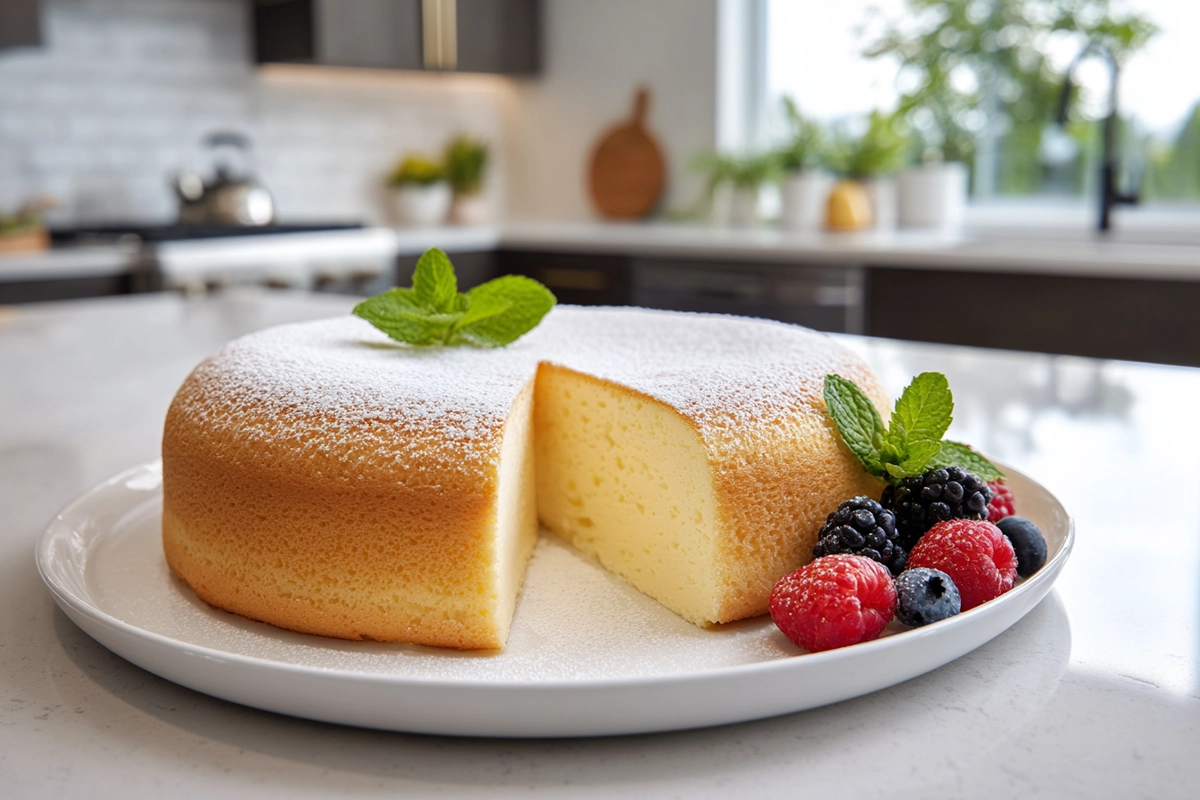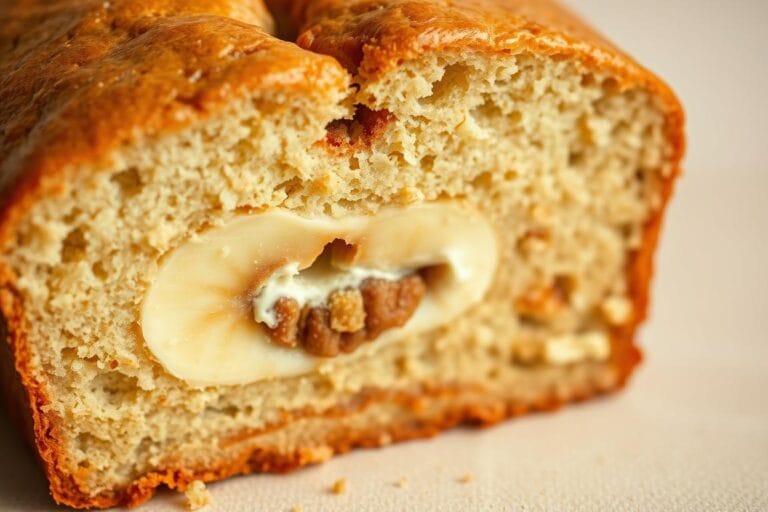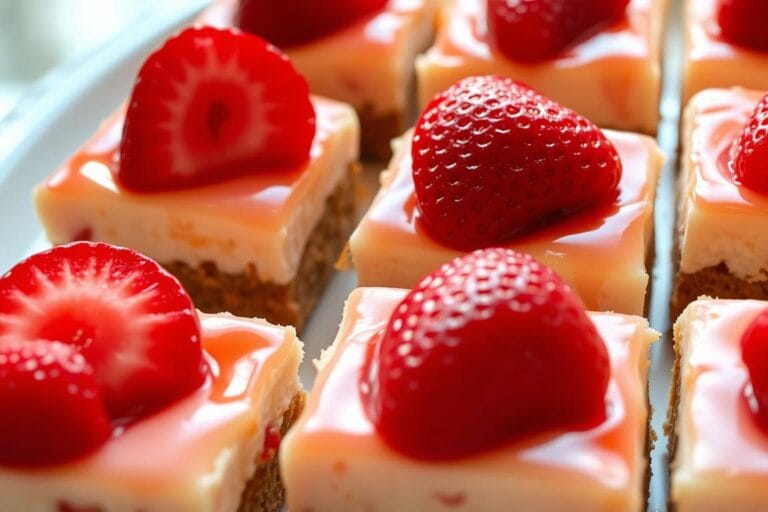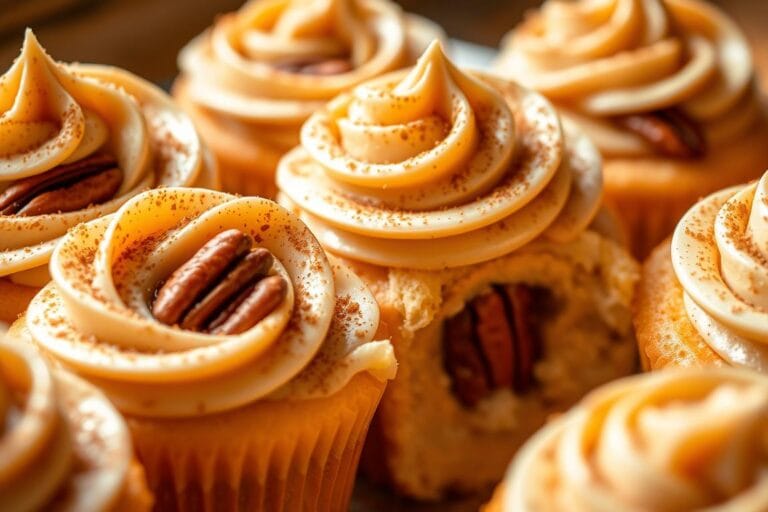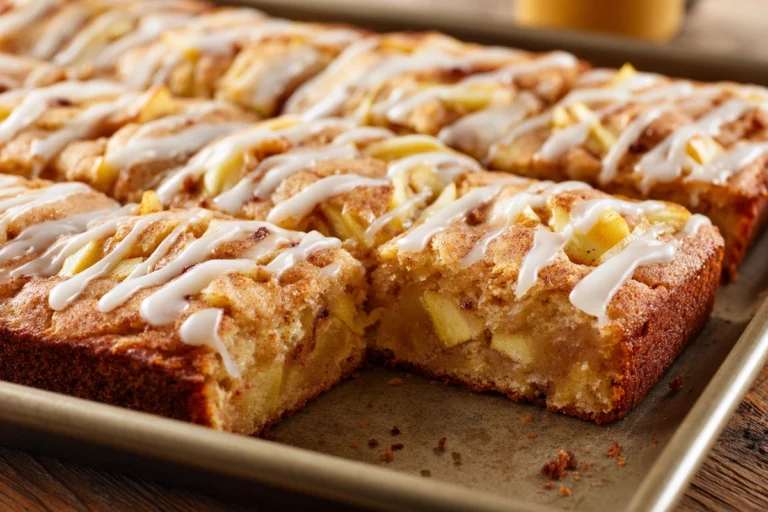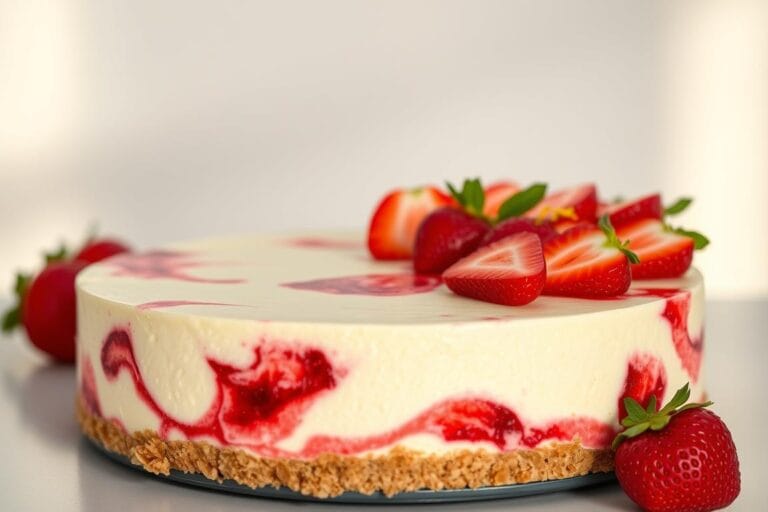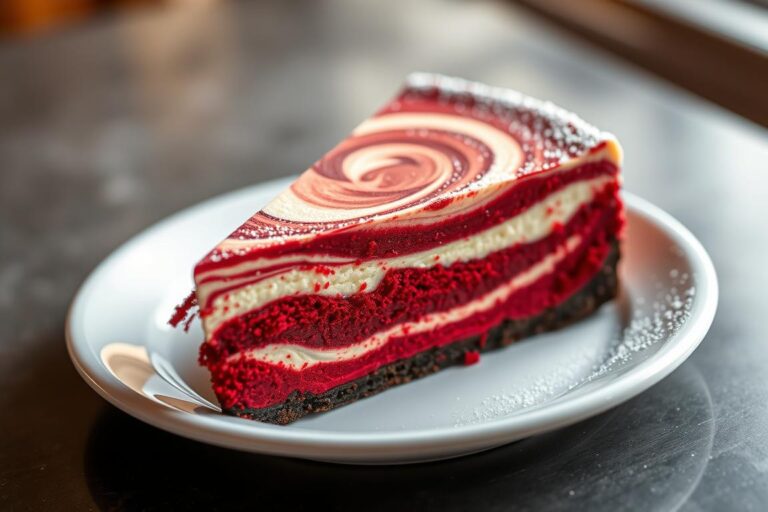Japanese Cotton Cheesecake: A Fluffy, Jiggly Treat You’ll Fall in Love With
If you’ve ever taken a bite of a cheesecake so light it nearly melts on your tongue, you probably remember that moment forever. The first time I tasted Japanese cotton cheesecake, I couldn’t believe a cake could feel so airy yet so satisfying. Unlike the rich and heavy New York–style version, this one is more like a soufflé crossed with cheesecake—soft, pillowy, and almost cloud-like. It wiggles gently when you set it on the table, and with every slice, you get that signature jiggly bounce. No wonder it’s become such a favorite for home bakers in the U.S. who want something special yet approachable.
What Is Japanese Cotton Cheesecake?
Think of Japanese cotton cheesecake as the delicate cousin of the classic American cheesecake. While traditional cheesecake leans dense and creamy, this version balances creaminess with a feathery texture. Its secret lies in whipped egg whites folded into a smooth cream cheese batter, then baked slowly in a steamy water bath. The result is a golden cake with a tender crumb that feels almost weightless when you take a bite.
This style of cheesecake gained popularity in Japanese bakeries decades ago, but it’s only recently that it has found a huge audience in the U.S. Food lovers can’t get enough of the “jiggly cake” videos, and once you make it yourself, you’ll see why.
Key Ingredients and Why They Matter
Cream Cheese, Butter, and Milk
These provide the rich flavor base, but they also need to be handled gently. Warming the cream cheese before mixing ensures a smooth batter without lumps.
Eggs
The yolks add richness while the whites, beaten to soft peaks, create that signature lift. They act almost like a balloon inside the batter, trapping air that expands in the oven.
Sugar
Beyond sweetness, sugar stabilizes the meringue. Adding it gradually as you whip the whites helps create strong, glossy peaks.
Flour and Cornstarch
Cake flour combined with cornstarch prevents heaviness. It gives the cake just enough structure while keeping it tender.
Flavor Options
A splash of vanilla or a touch of lemon zest brightens the flavor. You can also experiment with matcha or cocoa for a twist without altering the texture too much.
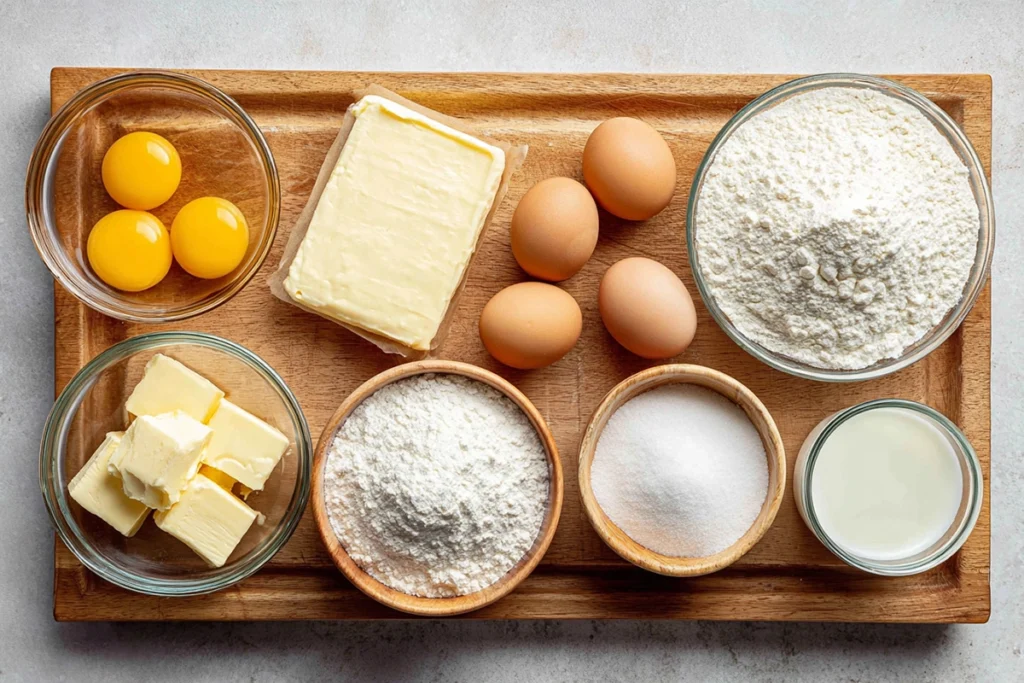
Step-by-Step Baking Guide
Prepare Your Pan and Oven
You’ll need an 8-inch round cake pan or a springform wrapped tightly with foil. Since this cake bakes in a water bath, the foil keeps water from seeping into the batter. Preheat your oven and place a tray of hot water on the lower rack.
Mix the Creamy Base
Blend softened cream cheese with butter, milk, and sugar until smooth. Add the egg yolks one at a time, then sift in the flour and cornstarch. The batter should look silky without any lumps.
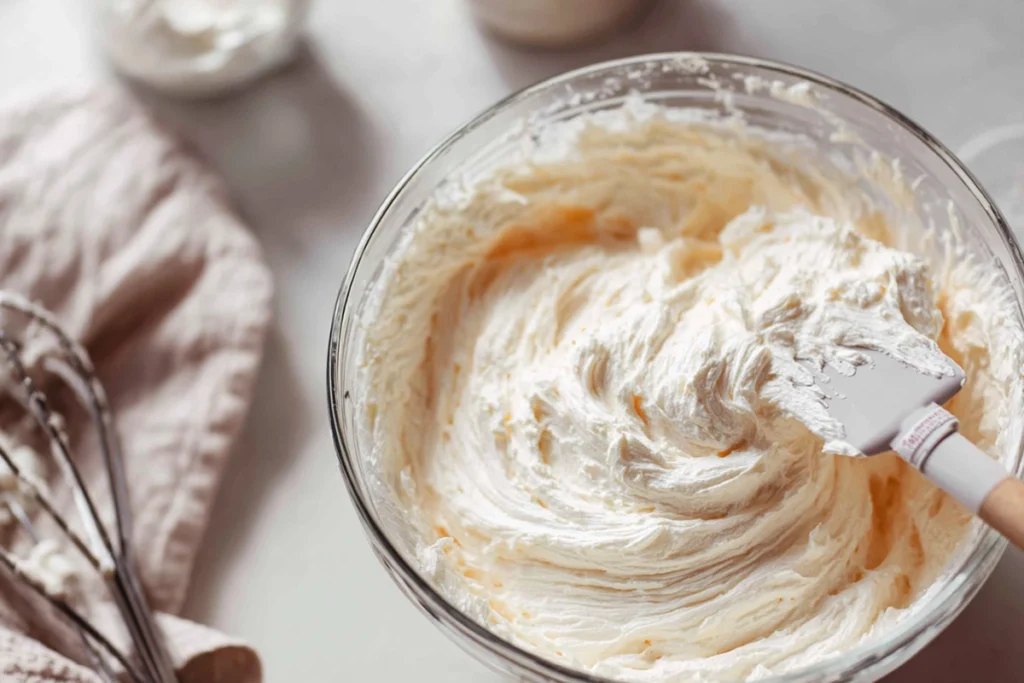
Whip the Egg Whites
In a clean bowl, whip the whites until frothy. Slowly add sugar and continue beating until soft peaks form. Avoid stiff peaks—they won’t fold well into the batter.
Fold and Bake
Gently fold the meringue into the cream cheese mixture in three parts, keeping as much air as possible in the batter. Pour into your prepared pan, smooth the top, and tap lightly to release big bubbles. Bake low and slow, letting the steam work its magic.
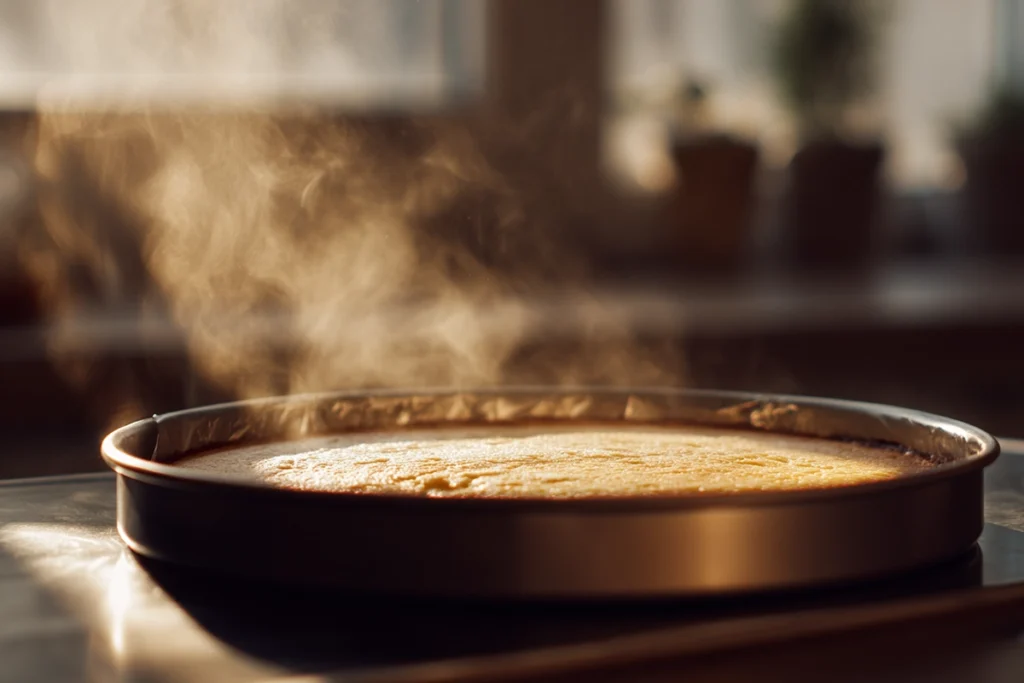
Cool With Patience
Once baked, turn off the oven and crack the door open. Let the cheesecake cool gradually inside. Rushing this step often causes sinking or cracks.
Common Baking Challenges
Even seasoned bakers can run into a few snags with Japanese cotton cheesecake. Cracks across the top usually mean your oven was too hot or the batter had air pockets. A collapsed cake often points to under-beaten whites or sudden temperature changes. Dense texture? You might have folded too vigorously or baked without enough steam. These issues sound intimidating, but they’re part of the learning curve—and once you get it right, the reward is unforgettable.
Dietary Variations
Not everyone bakes the same way, and the beauty of this cake is how flexible it can be with a few adjustments.
Gluten-Free
Swap the cake flour with a gluten-free cake mix or a blend of rice flour and cornstarch. The texture stays light if you measure carefully.
Vegan
While tricky, it’s not impossible. Use dairy-free cream cheese, oat milk, and plant-based butter. Replace egg whites with aquafaba (chickpea water) whipped to soft peaks. The result won’t jiggle quite the same, but still tastes wonderful.
Low-Calorie
Choose reduced-fat cream cheese, skip part of the butter, and use a sugar substitute like erythritol. Just keep in mind the cake may brown differently.
Halal and Kosher
This cake is naturally easy to adapt. Just confirm that your cream cheese and butter are certified, and you’re good to go.
Flavor Variations and Serving Ideas
One of the joys of this cake is how adaptable it is. A sprinkle of matcha powder turns it into a green tea dream, while a swirl of cocoa in the batter creates a marble effect. For holidays, pumpkin purée adds a seasonal spin. You can also keep it simple with a dusting of powdered sugar or dress it up with fresh berries and a fruit glaze.
As for serving, some people love it warm from the oven, while others prefer it chilled overnight. Try both and see which version wins you over.
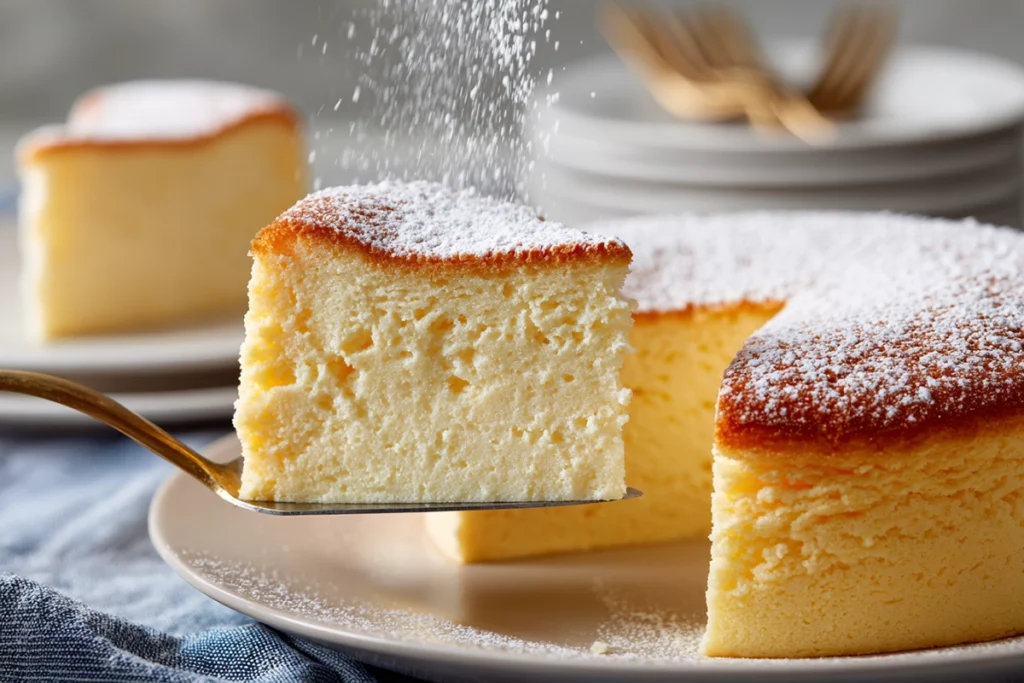
Storage and Make-Ahead Tips
Your Japanese cotton cheesecake is best enjoyed the day it’s made, but it will keep in the fridge for two to three days if wrapped tightly. Store it in an airtight container to prevent it from drying out or picking up other odors. Freezing is possible, though it does change the texture, making it slightly denser once thawed. If you’re planning ahead for a party, bake the cake the night before, refrigerate it, and bring it to room temperature before serving for the best experience.
The first time you watch this cake rise slowly in the oven, you’ll feel a little suspense—will it jiggle, will it stay tall, will it crack? That’s part of the fun. Once you taste the cloud-like texture and subtle sweetness, you’ll understand why Japanese cotton cheesecake has become a favorite far beyond Japan. Whether you keep it classic, adapt it for your diet, or add your own twist, this cake delivers a light and joyful bite every single time.
FAQ
What’s the difference between Japanese cotton cheesecake and New York–style cheesecake?
Japanese cotton cheesecake is much lighter, airier, and less sweet than a dense, cream-heavy American cheesecake. It has a soufflé-like jiggle fresh from the oven and a chiffon-cake texture when chilled.
Why did my cheesecake crack on top or sink?
Usually, that happens because the oven was too hot, the baking was too fast, or the meringue was overmixed or underfolded. Also, cooling it too quickly or skipping the water bath can lead to collapse.
Can I make Japanese cotton cheesecake gluten-free or vegan?
Yes — for gluten-free, swap in rice flour or a gluten-free cake flour blend. For a vegan version, use dairy-free cream cheese and butter, and substitute aquafaba (chickpea liquid) for egg whites. Just know the texture might shift a little.
Should I serve it warm or chilled?
Some people adore it slightly warm, when it’s soft and jiggles more. Others prefer it fully chilled to allow the texture to “set” and flavors to deepen. Try both ways and see which you love.
If you later want me to craft a more extensive FAQ (10+ questions) or integrate it into your site schema, just say the word.
Print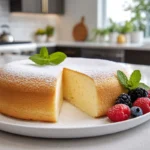
Japanese cotton cheesecake
- Total Time: 1 hour 45 minutes
- Yield: 8 servings 1x
Description
A light, airy, and jiggly Japanese cotton cheesecake that combines the creaminess of cheesecake with the fluffiness of a soufflé. Perfect for dessert lovers who want a delicate, cloud-like treat.
Ingredients
8 oz (225 g) cream cheese, softened
3 large eggs, separated
4 tbsp (60 g) unsalted butter, softened
½ cup (120 ml) whole milk
½ cup (100 g) granulated sugar, divided
⅓ cup (40 g) cake flour
2 tbsp (15 g) cornstarch
1 tsp vanilla extract or 1 tsp lemon zest (optional)
Powdered sugar, for dusting
Fresh berries or mint, for garnish (optional)
Instructions
Preheat oven to 320°F (160°C). Line and wrap an 8-inch round cake pan with foil to prepare for a water bath.
In a saucepan over low heat, melt cream cheese, butter, and milk until smooth. Let cool slightly.
Whisk in egg yolks one at a time, then sift in flour and cornstarch until batter is smooth. Stir in vanilla or lemon zest.
In a separate bowl, whip egg whites until frothy. Gradually add sugar and beat until soft peaks form.
Gently fold the meringue into the cream cheese batter in three additions, keeping the mixture light and airy.
Pour into prepared pan, tap gently to release large air bubbles, and place the pan in a larger tray filled with hot water.
Bake for 60 minutes, then reduce oven temperature to 300°F (150°C) and bake for another 15 minutes.
Turn off the oven, crack the door open, and let the cake cool slowly inside.
Once cooled, unmold carefully, dust with powdered sugar, and garnish before serving.
Notes
Cooling slowly prevents cracking or sinking.
Use room-temperature ingredients for the smoothest batter.
Avoid overbeating egg whites; soft peaks are best for folding.
Serve warm for extra jiggle or chilled for a firmer, chiffon-like texture.
- Prep Time: 30 minutes
- Cook Time: 1 hour 15 minutes
- Category: Dessert
- Method: Baking in water bath (bain-marie)
- Cuisine: Japanese
Nutrition
- Serving Size: 1 slice (1/8 of cake)
- Calories: 210 kcal
- Sugar: 14 g
- Sodium: 125 mg
- Fat: 13 g
- Saturated Fat: 7 g
- Unsaturated Fat: 5 g
- Trans Fat: 0 g
- Carbohydrates: 18 g
- Fiber: 0 g
- Protein: 6 g
- Cholesterol: 95 mg
What Are Our Readers Saying?
There are no reviews yet. Be the first one to write one.

